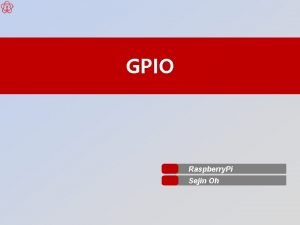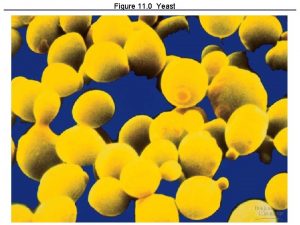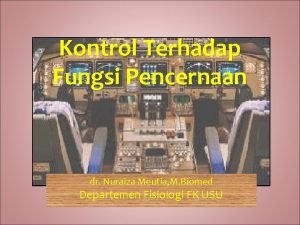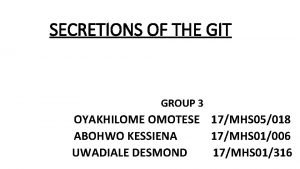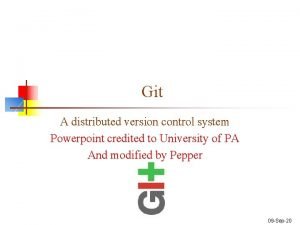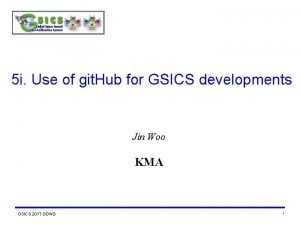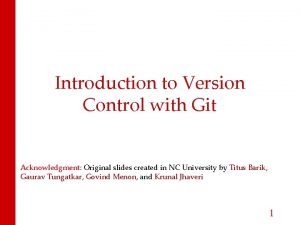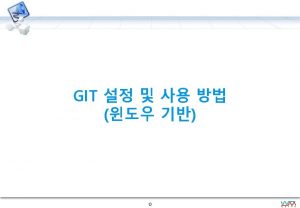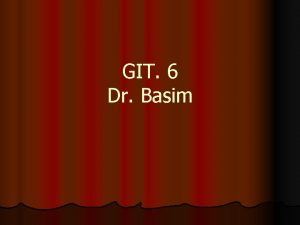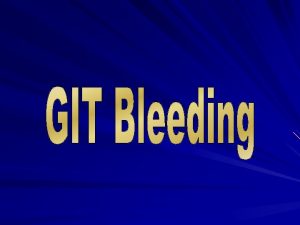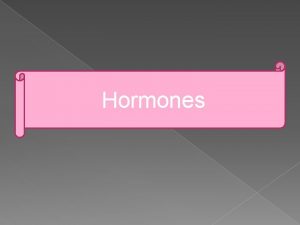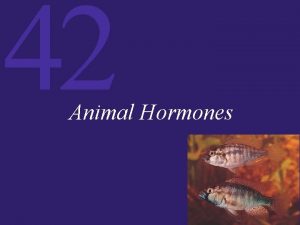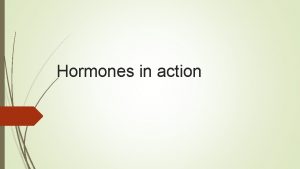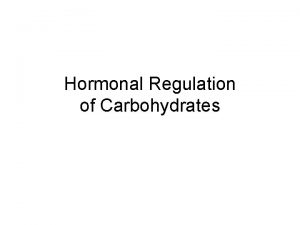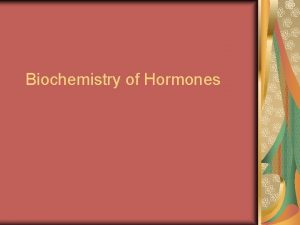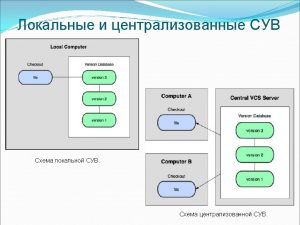Regulation of GIT Hormones Paracrine Neurocrines GI Hormones














- Slides: 14

Regulation of GIT • Hormones • Paracrine • Neurocrines

GI Hormones • Secretin • Gastrin • Cholecystokinin (CCK) • Gastric Inhibitory Peptide (GIP) • Motilin

Gastrin - Chemistry • Molecular forms - G-17, G-34, G-14

Gastrin - Distribution and Release • Release - Released from G cells in antrum and duodenum - Stimuli - protein digestion products - nervous, physical distention - (calcium, coffee, and wine) - Inhibition - acidification of antrum • Response to meal - Large amounts of G-17 released from antrum - Small amounts of G-34 released from duodenum

Gastrin - Physiological Effects • Gastric acid secretion - 1, 500 x more potent than histamine • Trophic activity - Stimulates growth of oxyntic mucosa of stomach, duodenal mucosa, and colon mucosa - Surgical removal of antrum causes atrophy - Patients with gastrin secreting tumors have mucosal hyperplasia and hypertrophy

Gastrinoma - Zollinger-Ellison syndrome • Gastrin secreting tumor - Non-beta cell tumor of pancreas (80%) or G-cell tumors in duodenum (10 -15%) - Continually secretes gastrin into blood • Symptoms - Duodenal ulcers, diarrhea, steatorrhea, hypokalemia • Hypergastrinemia causes hypersecretion of acid - Increased parietal cell mass - Constant stimulation of hyperplastic mucosa

Cholecystokinin - Chemistry • Molecular form - 8 -AA, 33 -AA, 39 -AA, 58 -AA

CCK - Distribution and Release • Released from I-cells in duodenum and jejunum • Stimuli for release - Fatty acids or monoglycerides (not triglycerides) - peptides and amino acids - Acid (weak)

CCK - Physiological Effects • Emptying of gallbladder - contracts gallbladder, relaxes sphincter of Oddi • Pancreatic exocrine - Potent stimulator of enzyme secretion - Weak stimulator of bicarbonate secretion (but can potentiate secretin effects) • Inhibits gastric emptying • Trophic effects - exocrine pancreas and gallbladder mucosa

Secretin - Chemistry • Molecular form - 27 -AA peptide

Secretin • Released from S-cells of duodenal mucosa • Stimuli for release - Acid in duodenum (p. H <4. 5) - Fatty acids in duodenum • Physiological effects - “Nature’s Antiacid” - Inhibits gastric acid secretion Stimulates pancreatic and bile bicarbonate secretion Stimulates pepsin secretion Trophic effect on exocrine pancreas

Gastric Inhibitory Peptide (GIP) • Chemistry - Member of secretin family - 9 AA identical to secretin in kind and position • Stimuli / release - Released from duodenum and proximal jejunum - All major foodstuffs • Physiological effects - Stimulates insulin release (also called glucosedependent insulinotrophic peptide - GIP) - Inhibits gastric acid secretion

Motilin • Chemistry - 22 AA peptide • Stimuli / release - Released from duodenum and proximal jejunum during fasting at 100 min intervals - Release is under neural control • Physiological effects - Stimulates upper G. I. motility - Accounts for the migrating motility complex, “housekeeping contractions”

Neurocrines Peptide VIP GRP (Bombesin) Enkephalins Location Gut mucosa and SM Gastric mucosa Gut mucosa and SM Action Relaxation of gut SM Gastrin Release SM tone VIP, vasoactive intestinal peptide, GRP, gastrin-releasing peptide
